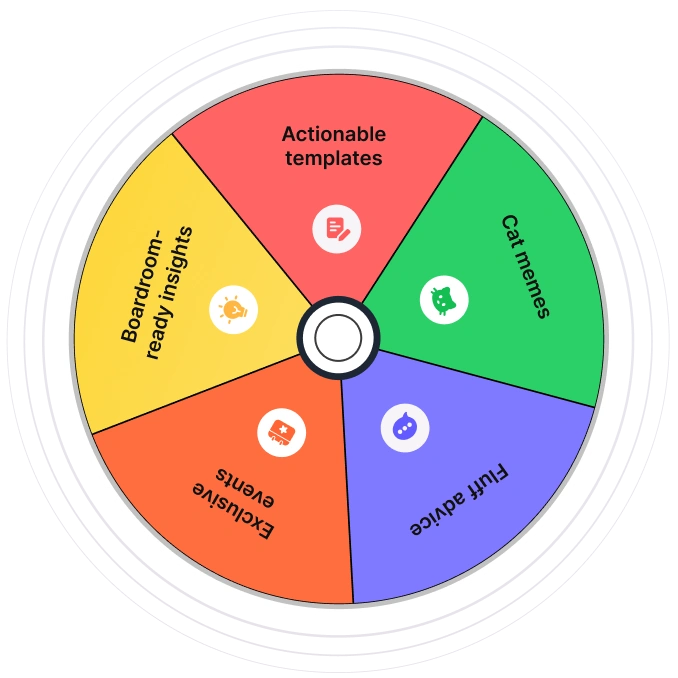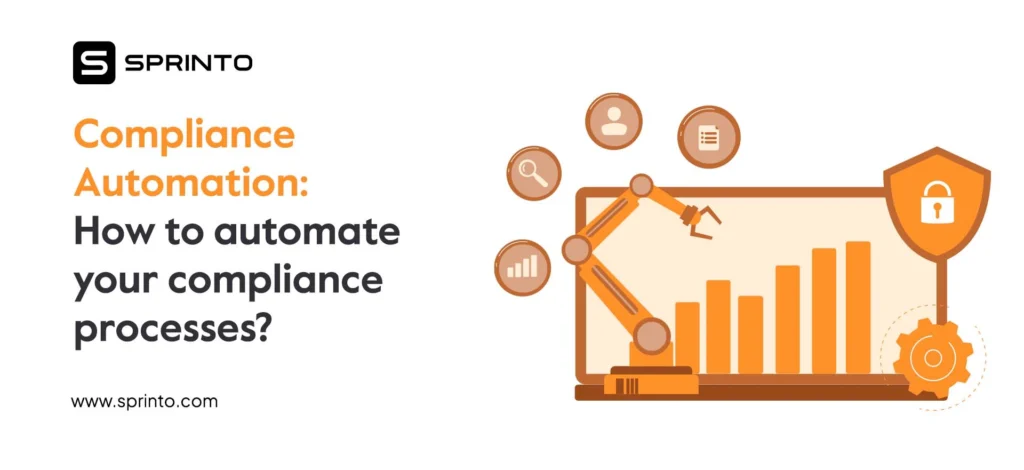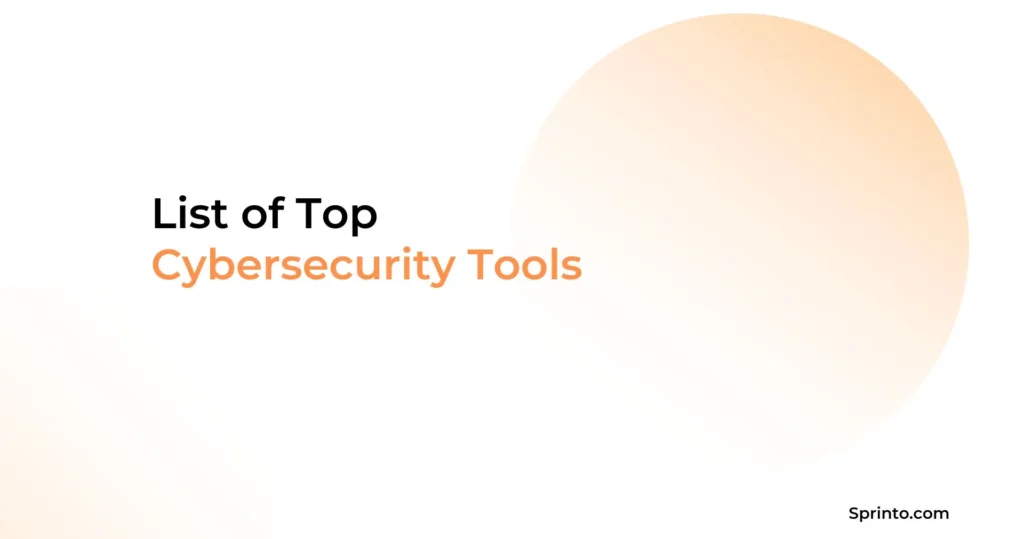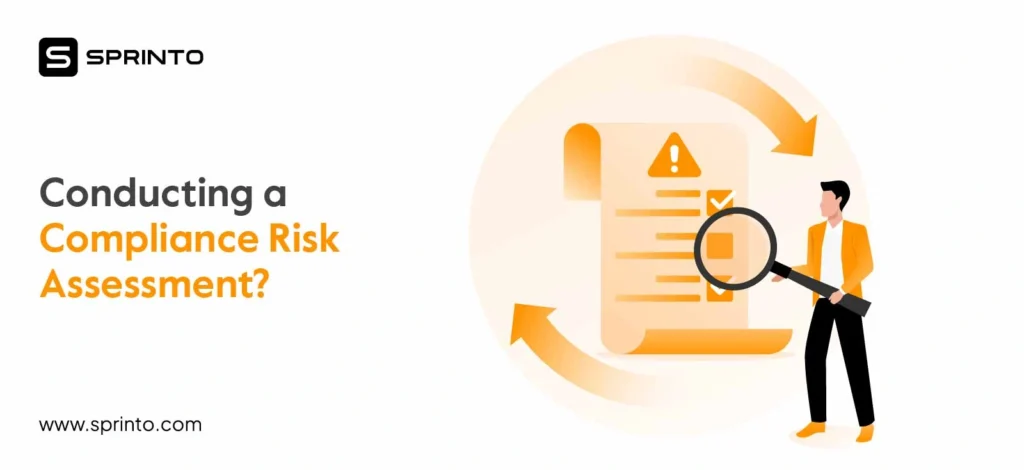Picture this: your team wraps up a SOC 2 audit. Evidence collected. Interviews done. A few weeks later, ISO 27001 kicks off. Same screenshots. Same access logs. The same people pulled back into the process. This goes on and on for every compliance framework you must comply with. And if this isn’t handled methodically, it can get extremely cumbersome. Unfortunately, this isn’t uncommon at all. In fact, companies receive over 17 audit requests every quarter on average.
Audit fatigue happens when audits pile up without structure. Work gets duplicated. Timelines clash. Security priorities take a back seat. And the team that should be addressing and reducing risk ends up in chaos.
In this guide, you’ll learn how to avoid audit fatigue and free up your team to focus on actual security outcomes. Let’s start with the basics.
| TL;DR Audit fatigue is the burnout caused by managing multiple overlapping compliance audits with little operational relief or coordination. Common causes include redundant evidence collection, poor scheduling, siloed teams, and manual audit processes. Sprinto automates evidence collection, streamlines compliance workflows, and can eliminate audit fatigue by up to 90% |
What is audit fatigue?
Audit fatigue is the burnout that security teams experience from managing frequent and overlapping compliance audits, duplicated efforts, and large-scale inefficiencies. This fatigue builds up when the same evidence, often from the same checks, is repeatedly conducted across different frameworks with little coordination or reuse. This creates a loop of manual effort, clunky processes, missed deadlines, and growing frustration.
This is a common challenge for medium-sized and enterprise organizations.
What are the causes of audit fatigue?
Audit fatigue is caused by repetitive evidence collection, poor coordination across audits, and inefficient manual workflows that overload security and compliance teams.
A major reason this happens is that most organizations still manage audit evidence using outdated systems that were never designed for scale.
In a survey, over 70% of organizations said they rely on departmental databases to manage audit evidence requests, while 61% still use soft copies stored on internal servers or shared drives.
These disconnected methods make it difficult to retrieve information, track changes, or reuse data across audits, forcing teams to start from scratch each time.
Here are the most common operational breakdowns that drive audit fatigue:
- Redundant evidence requests: Teams are often asked to submit the same data multiple times across different audits due to a lack of shared visibility
- Poor audit scheduling: Without a centralized plan, audits happen back to back or overlap, creating constant disruption with no time to reset
- Siloed communication: When audit findings, fixes, and requirements stay locked within departments, issues get repeated, and work gets duplicated
- Manual processes: Most audit work still relies on spreadsheets, screenshots, and email threads. This slows everything down and increases the likelihood of human error.
- Lack of reuse across frameworks: Many controls and evidence are common across SOC 2, ISO 27001, HIPAA, and others, but are treated as separate efforts
Stop letting audits derail your roadmap. Automate the mess and free up your team with Sprinto.
Major impact of audit fatigue on InfoSec pros
Audit fatigue drains InfoSec teams of time, focus, and morale, pulling them away from critical security work and locking them into an endless cycle of evidence collection, status chasing, and manual follow-ups.
“Most security professionals did not sign up to be project managers for audits. But in many companies, that’s exactly what this has turned into,” Rajiv, ISO Lead Auditor at Sprinto. “Instead of building defenses or responding to incidents, teams are stuck recreating the same evidence across frameworks.”
This pressure compounds over time and creates very real consequences for both individuals and organizations:
- Burnout and disengagement: Repetitive, low-leverage work leads to mental fatigue. Security professionals begin to disengage, and team morale takes a hit. Over time, this increases attrition risk.
- Delayed security initiatives: Strategic security programs (like threat modeling, tooling improvements, red teaming) often take a backseat when the team is buried under audit deadlines.
- Increased risk exposure: When teams are stuck in audit loops, they have less bandwidth to monitor controls, respond to incidents, or close security gaps. This increases the overall attack surface.
- Poor cross-functional alignment: Repeated audit interruptions frustrate cross-functional teams like engineering, IT, and DevOps. This erodes trust and slows down collaboration on future security work.
- Rising cost of compliance: Manual, redundant work translates to more headcount, slower audits, and longer prep cycles. This drives up compliance costs without delivering better outcomes.
How to tell if your team is facing audit fatigue?
Sometimes, audit fatigue creeps in quietly. Deadlines get met, reports get filed, and the wheels keep turning. But behind the scenes, your security team is stretched thin and constantly playing catch-up.
Use this quick self-assessment to find out whether your team is showing early (or late-stage) signs of audit fatigue.
(For each “Yes,” give yourself 1 point.)
Self-check: Answer “yes” or “no”
- Do you get asked to provide the same evidence multiple times across different audits or frameworks?
- Are audit timelines often stacked close together with little breathing room in between?
- Is your team using spreadsheets, screenshots, or shared folders to manage audit prep?
- Do security projects or threat detection efforts get delayed when audits begin?
- Has anyone on the team said they’re overwhelmed by back-to-back audit tasks?
- Are engineering, IT, or DevOps teams routinely pulled into audits without early notice?
- Is there no centralized system to track what evidence has already been submitted and approved?
- Do you find yourself rewriting policies or re-documenting processes for every audit?
- Does audit prep depend heavily on Slack threads, one-off requests, or email chains?
- Have you ever been unsure whether a control has already been tested or approved in a previous audit?
- Does it take hours (or longer) to locate the latest version of a specific audit artifact?
- Are different frameworks (like SOC 2, ISO 27001, HIPAA) handled as completely separate efforts?
- Do team members regularly stay late or work weekends during audit cycles?
What your score means
How many “yes” did you get? Here’s what that score means:
0–3 points: You’re in a good place. Keep doing what you’re doing—but stay alert as you grow.
4–7 points: Signs of audit fatigue are starting to show. You may be working harder than necessary.
8 or more: Audit fatigue is likely affecting your team’s productivity and morale. It’s time to rethink how audits are managed.
You can use this worksheet to self-assess if your team is facing audit fatigue. Download it for free.
7 steps to mitigate audit fatigue
To mitigate audit fatigue, you need to eliminate repetitive work, reduce manual effort, and create systems that make audit prep continuous and predictable.
Here’s a step-by-step breakdown to help you build an audit process that scales without burning out your team.
1. Map your audit calendar for the year
Begin by listing every audit or certification due in the next twelve months. Include external audits, customer-driven assessments, framework renewals, and any internal reviews.
If you do not have confirmed dates, rough estimates will work for now.
Once you have the full picture, bring it into a shared calendar. Look for overlaps. Identify weeks where the same teams might be pulled into more than one audit. That is where audit fatigue starts to build.
Work backward from those crunch points. Spread out the timelines where possible. Assign clear audit leads in advance.
Make sure supporting teams know what is coming and when.
A visual plan reduces surprises and prevents the kind of last-minute panic that wears teams down.
2. Create a centralized, taggable audit evidence repository
One of the fastest ways to reduce audit fatigue is to stop collecting the same artifacts again and again.
Set up a single location to store audit evidence like a shared folder, internal wiki, Notion document, or a tool built for compliance tracking.
Start with the most frequently requested items. These usually include access control logs, onboarding and offboarding checklists, security training records, encryption settings, and change logs.
Organize them in a way that makes sense for your team—by framework, control category, or system.
Add a few helpful labels to each item: who owns it, when it was last reviewed, and which audits it has already supported. That alone makes it easier to spot what can be reused.
You don’t need a perfect system. You just need one place that helps you stop starting from scratch every time.
3. Map controls across frameworks to avoid duplication
If you’re working with multiple frameworks (SOC 2, ISO 27001, HIPAA), you’re likely duplicating effort.
Different language, same intent. And yet, you build the same evidence three times. Slightly varied. Slightly renamed. Completely unnecessary.
Start with the basics. Open a spreadsheet. Create three columns: control ID, description, and what you usually give auditors for that control. Do this for each framework. Then sit with it. Read it line by line. You’ll see what overlaps.
MFA appears across frameworks, as does access management, encryption, and change tracking. They’re everywhere. Identify those, mark them, and reuse them wherever possible.
If you’ve got tooling like Sprinto that supports mapping across standards, great. The common control mapping helps you prepare for multiple audits simultaneously.
If not, even a scrappy manual map can cut hours off your audit cycle.
Focus first on what’s coming up next. No need to clean the entire slate. Just get ahead of what’s about to hit.
4. Assign clear ownership for every control and document
Audit friction starts with unclear responsibility. Everyone sort of owns something—until it’s due. Then no one does. You chase names. You dig through Slack threads. You waste time clarifying what should’ve been obvious.
Go down the list of controls. Assign a name to each—not a department, not a team, but a single person—the one responsible for making sure that the control is accurate, up to date, and covered when the audit hits.
Same thing for audit evidence. Policies. Logs. Screenshots. Who’s maintaining them? Who signs off before submission? Put that in a tracker.
This doesn’t have to be complex. Even a table with four columns—control, owner, last reviewed, next check-in—is enough to bring order to the mess.
Remember, this isn’t micromanagement. The goal is clarity. And it’s what separates rushed audits from ones that just run.
5. Standardize formats and versioning for audit evidence
Ask any team what slows them down during audits, and someone will say: “We couldn’t find the right file.” Sometimes it’s buried in version history. Sometimes it’s named differently. Sometimes, no one remembers who made the last edit.
That’s avoidable.
Decide early what each evidence type should look like—PDFs for policies, CSVs for logs, screenshots with timestamps—not because auditors demand it, but because your team needs to know what “done” looks like.
Pick a naming format. Make it consistent across filing systems. Store older versions separately. That alone will save your team from hunting down outdated files five minutes before the deadline.
6. Automate recurring checks and evidence collection
Some tasks just keep coming back irrespective of framework—access reviews, security training logs, patch reports, config screenshots. The format might change, but the request doesn’t. And pulling this stuff manually, over and over, burns time fast.
The first step is knowing what keeps getting asked. Go back through your last two or three audits. Make a list of everything that was repetitive. Then flag what can be automated. Anything system-generated such as logs, reports, and snapshots are usually fair game.
This is where teams save real hours. Platforms like Sprinto handle that recurring lift. They plug into your cloud tools, identity providers, and code repositories, and keep tabs on controls without needing someone to check them off every month.
When something changes or slips out of scope, you see it. When evidence is needed, it’s already there. And when audits start, there’s no scramble, just a trail of everything already tracked, tested, and ready to hand over.
That’s not just time saved. It’s pressure off your team. And a stronger audit posture by default.
7. Run monthly or quarterly control check-ins
Audit fatigue doesn’t usually result from one big failure. It builds up from small issues that no one notices or resolves in time.
Stale evidence, missing logs, outdated policies—these things slip through when there’s no regular check-in.
Set a recurring 30-minute session each month or quarter. Invite only the control owners and audit leads. Keep it focused.
Use a shared checklist to review:
- Which controls failed or had exceptions
- What evidence is outdated or missing
- Which tasks are overdue or unassigned
- Any upcoming audits that need prep now
These reviews are meant to keep things current and clear, so audits don’t turn into last-minute scrambles.
If you’re using a platform like Sprinto, this gets even easier. Sprinto flags failing controls and alerts owners automatically, making your check-in less about chasing status and more about taking action.
Identify and mitigate audit fatigue with Sprinto
The process breaks down when audits demand the same evidence across frameworks, timelines overlap, and teams spend weeks chasing screenshots and policies.
Sprinto helps fix this by connecting directly to your systems, monitoring controls continuously, and building a complete audit trail in the background.
Security and compliance teams use Sprinto to stay ready without stopping everything.
For instance, Bizongo leveraged Sprinto to map their controls with multi-framework and harness real-time dashboards and automated control checks to reduce their compliance to just three weeks. Read the case study here.
If audit prep feels like a constant reset, Sprinto replaces manual lifts with a system that scales—one that keeps evidence current, controls in check, and teams focused on real security work.
Book a demo to see how Sprinto can automate your compliance workflows, remove audit fatigue by up to 90%, and keep your team focused on what matters.
Frequently asked questions
What do you mean by exhaustion in auditing?
Exhaustion in auditing is the slow wear-and-tear that happens when teams are pulled into the same repetitive audit tasks over and over. Like digging up evidence from old drives, re-documenting controls, waiting on responses across teams, and reacting to deadlines without enough lead time.
How to manage overlapping frameworks like SOC 2 and ISO 27001 without duplicating work?
Start by breaking down the requirements side by side. You’ll notice a lot of overlap. Like access control, encryption, incident response, onboarding, and offboarding policies show up across both.
Instead of treating each audit like a fresh start, build a shared control library. Link each control to every framework it supports. Then track and update evidence in one place. This cuts work in half without cutting corners.
How can Sprinto help reduce audit fatigue?
Sprinto connects to your systems, pulls in real-time data, and maps it to the controls across your compliance frameworks. So instead of re-collecting the same access logs or chasing down training reports before every audit, Sprinto continuously updates your evidence.
Without digging, you know what’s passing, what’s not, and what needs attention. That’s how teams stay ready and stay sane.
Srikar Sai
As a Senior Content Marketer at Sprinto, Srikar Sai turns cybersecurity chaos into clarity. He cuts through the jargon to help people grasp why security matters and how to act on it, making the complex accessible and the overwhelming actionable. He thrives where tech meets business.
Explore more
research & insights curated to help you earn a seat at the table.


















